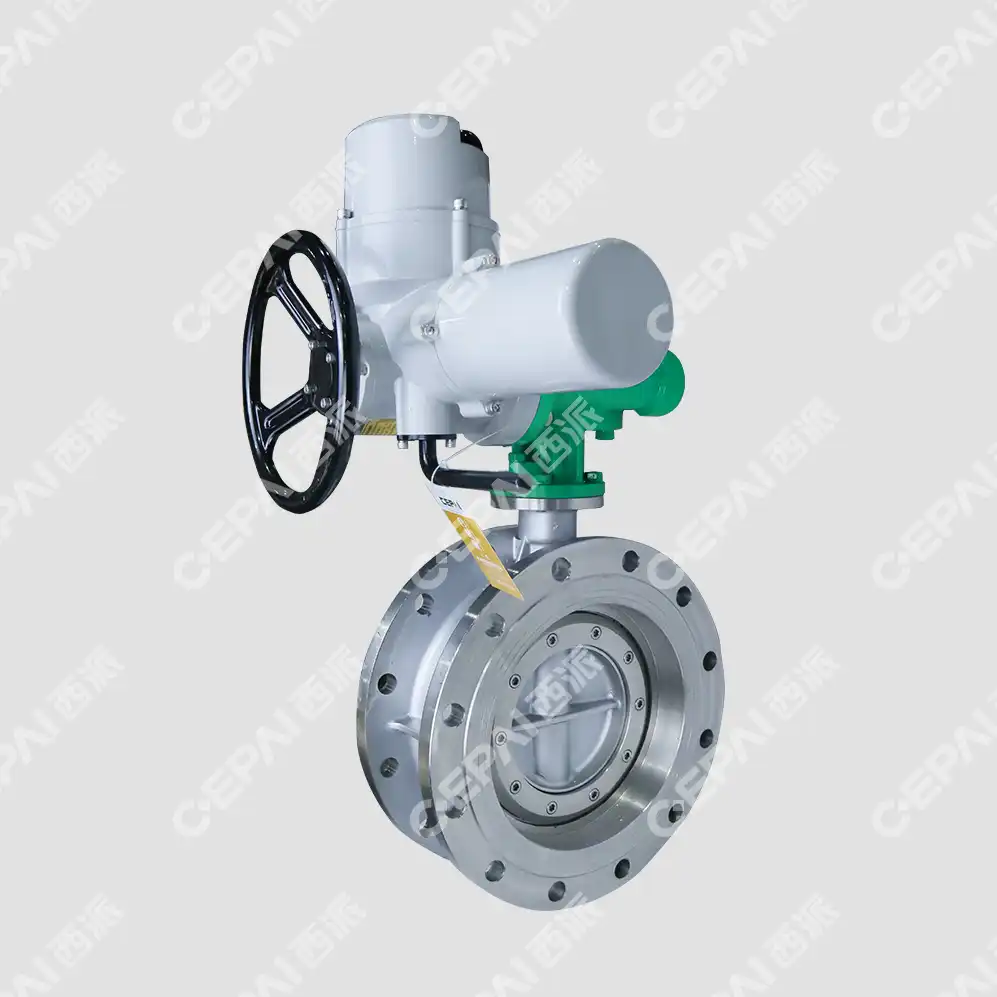Understanding Butterfly Valve Basics and Sealing Challenges
Anatomy of a Butterfly Valve
Butterfly valves are quarter-turn rotational flow control devices widely used in various industries. Their simple yet effective design consists of a circular disc mounted on a rotating shaft. When the valve is fully open, the disc is parallel to the flow, offering minimal resistance. As the valve closes, the disc rotates perpendicular to the flow, blocking it entirely. The key components include the body, disc, stem, seat, and actuator. The interaction between these elements, particularly the disc and seat, is crucial for effective sealing.
Traditional Sealing Mechanisms
Conventional butterfly valves rely on direct contact between the disc edge and the seat for sealing. There are drawbacks to this method, despite its simplicity. The durability of the seat material and the accuracy of the disc-to-seat fit determine the seal integrity. The efficiency of the seal can be diminished with time due to wear and tear, which might result in leakage. In addition, the wear and tear caused by the constant friction during operation might shorten the life of the valve and make it less reliable.
Common Sealing Issues in Standard Designs
Standard butterfly valve designs often face several sealing challenges. High-pressure applications can deform the disc or seat, compromising the seal. The disc-seat alignment can be impacted by temperature variations, which can lead to thermal expansion or contraction. Some chemicals can break down seat materials, and abrasive media can wear down sealing surfaces. More frequent maintenance needs, decreased operational efficiency, and higher leakage rates are all possible outcomes of these problems. Because of these shortcomings, conventional designs have prompted the creation of innovative sealing solutions, such as offset geometry.
The Concept of Offset Geometry in Butterfly Valves
Defining Offset Geometry
Offset geometry in butterfly valves refers to the strategic positioning of the disc's rotation axis relative to other valve components. Unlike traditional designs where the disc rotates around a central axis, offset valves incorporate one or more deviations from this centerline. These offsets provide a noticeable pattern of movement when the valve is operating, which has a significant impact on the sealing efficiency. Improving sealing efficiency and decreasing wear can be achieved by fine-tuning the interface between the disc and seat.
Types of Offset Configurations
There are primarily three types of offset configurations in butterfly valves. The first offset moves the stem axis slightly away from the pipe centerline. The second offset positions the stem behind the disc face plane. The third, and most advanced, offset places the stem axis at an angle to the pipe centerline. The sealing capabilities are improved with each configuration that follows, building upon the benefits of the prior. For high-performance uses requiring precise shutdown and long-term reliability, double- and triple-offset designs shine.

Mechanical Principles Behind Offset Design
The offset geometry leverages mechanical principles to enhance valve performance. By creating an eccentric rotation path, the disc approaches the seat with a cam-like action. By making this adjustment, the sealing force is distributed more evenly and the sliding friction during closure is reduced. The shape also lets the seat material be compressed a little when it's fully closed, which makes the seal stronger. In order to increase tightness, decrease wear, and extend the life of the valve, combine the aforementioned characteristics. Industries that rely on physical labour, like energy and gas, place a premium on this.
Benefits and Applications of Offset Butterfly Valves
Enhanced Sealing Performance
Offset butterfly valves offer superior sealing performance compared to their traditional counterparts. The cam-like action of the disc during closure ensures a more uniform and consistent seal against the seat. This design makes it very unlikely that the system will leak, even when there is a lot of pressure. The sealing surfaces remain intact and functional for longer periods of time due to the reduced friction during operation. Offset butterfly valves give the dependability and accuracy needed for safe and effective flow control in high-pressure environments, such as chemical processing plants and oil and gas pipelines.
Increased Durability and Longevity
The durability of butterfly valves is greatly improved by the offset geometry. The strain on these essential parts is reduced since there is less sliding contact between the plate and the position when the machine is running. What you get is an item that lasts longer and needs fewer maintenance. Because of the plan, more grounded materials may be utilized for the plate and situate, which increments resistance to mechanical push, erosion, and disintegration. In environments where valves are subjected to frequent cycling or harsh conditions, offset butterfly valves demonstrate superior longevity, reducing downtime and replacement costs.
Versatility in Industrial Applications
Offset butterfly valves find applications across a wide range of industries due to their versatile performance characteristics. When it comes to pipeline systems that contain high-pressure fluids or gases, they are the best in the oil and gas industry. With their ability to not rust and seal well, they come in handy in the chemical business when working with rough materials. Because of its dependable flow control in pipes with enormous diameters, these valves are used in water treatment facilities. Because of their clean and hygienic designs, they are highly regarded in the food and drink sector. When it comes to steam frameworks and coolant circuits, indeed in control era, balanced butterfly valves are irreplaceable. Since they can be utilized in various ways, they are basic to cutting edge creating.
Conclusion
Adjusted geometry has made a huge contrast in the level of craftsmanship in butterfly valve improvement by tending to issues with settling execution and quality. By uniting key offsets in the valve arrange, makers have made things that offer transcendent settling, diminished wear, and extended operational life. These headways have extended the application run of butterfly valves, making them reasonable for indeed the most requesting mechanical situations. As businesses proceed to look for more proficient and solid stream control arrangements, balanced butterfly valves stand out as a prime case of how inventive plan can essentially upgrade valve execution and unwavering quality.
Contact Us
For cutting-edge butterfly valve solutions that incorporate advanced offset geometry, look no further than CEPAI Group. Our expertly engineered valves offer unparalleled sealing performance, durability, and versatility across various industrial applications. Experience the benefits of reduced maintenance costs, improved operational efficiency, and enhanced safety in your fluid control systems. Contact us today at cepai@cepai.com to discover how our innovative valve technologies can elevate your industrial processes.


_1746598538016.webp)



